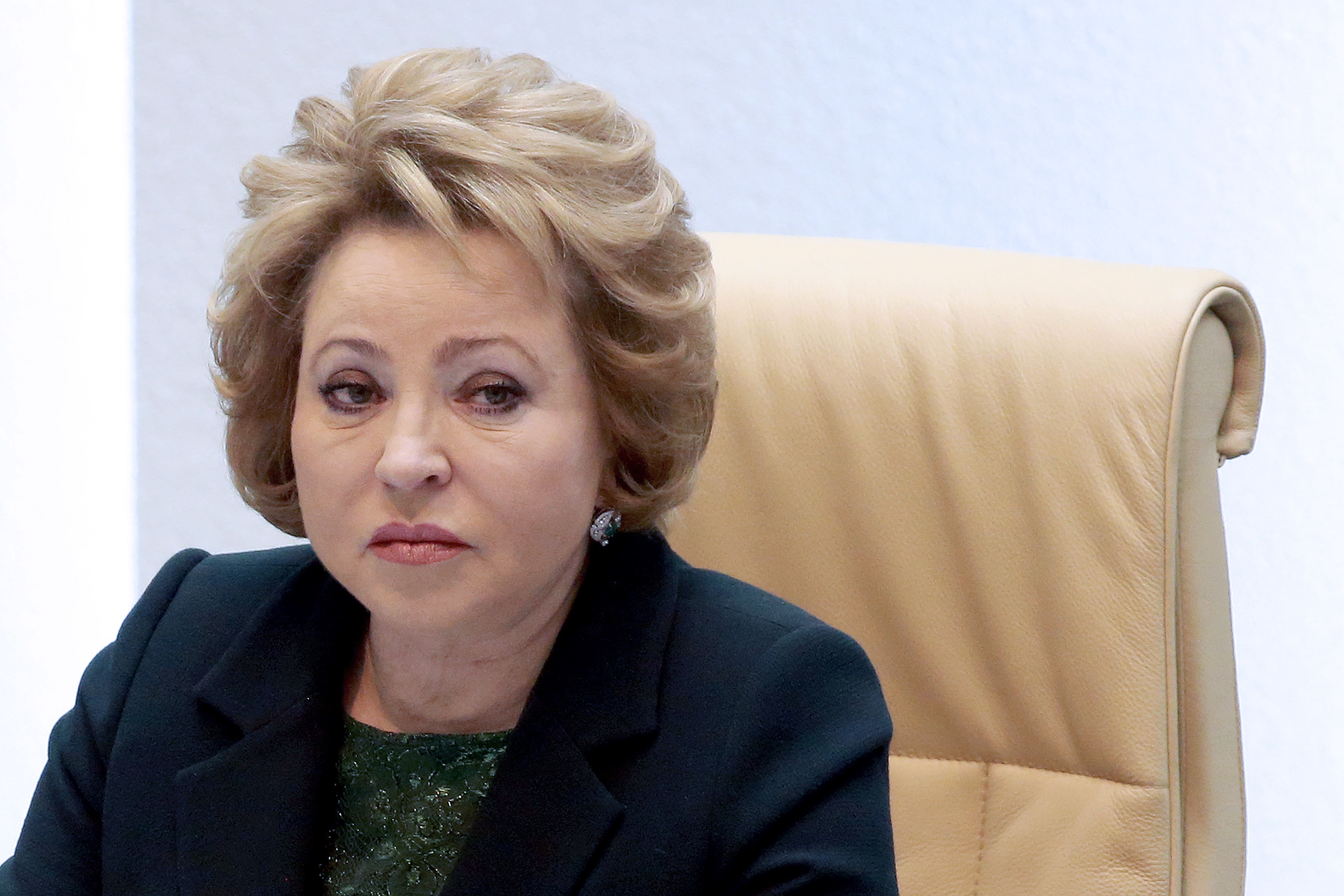ID :
402886
Wed, 04/06/2016 - 13:12
Auther :
Shortlink :
https://oananews.org//node/402886
The shortlink copeid
CIS lawmakers call for peaceful dialogue in Nagorno-Karabakh - Russian upper house speaker

MOSCOW, April 5. /TASS/. The Inter-parliamentary Assembly of the Commonwealth of Independent States (CIS) calls on the parties to the Nagorno-Karabakh conflict to resume the ceasefire regime and take efforts to find a peace solution to the problem, the Assembly’s president and speaker of Russia’s Federation Council upper parliament house, Valentina Matviyenko, said in a statement circulated on Tuesday by the press service of the Russian upper house.
Members of the Assembly express "serious concern over the violation of the ceasefire regime in the zone of the Nagorno-Karabakh conflict and reports about the loss of human loves," the document says. "Supporting the mediatory efforts of the OSCE Minsk Group, the CIS Inter-parliamentary Assembly urges the parties concerned to show restraint and take all possible efforts to resume the ceasefire regime and settle the current situation in Nagorno-Karabakh."
The Assembly, as a mediator of the signing of the Bishkek protocol of 1994 which laid a legal basis for the cessation of hostilities in this region, "is committed to the principle of the peace settlement of the conflict in Nagorno-Karabakh and promoting the negotiating process," the document says.
"We stand for more active efforts towards an exclusively peaceful solution to the Nagorno-Karabakh problem, for a constructive dialogue between the parties to the conflict," the statement says.
The situation along the line of engagement of the conflicting parties in Nagorno-Karabakh deteriorated dramatically overnight to April 2. Following fierce armed clashes at the contact line, the parties to the conflict accused each other of violating truce.
Earlier on Tuesday, the Armenian and Azerbaijani defense ministries announced cessation of combat operations in Nagorno-Karabakh from 11:00 Moscow time on April 5.
The conflict between neighboring Armenia and Azerbaijan over Nagorno-Karabakh, a disputed territory that had been part of Azerbaijan before the Soviet Union break-up but was mainly populated by Armenians, broke out in the late 1980s.
In 1991-1994, the confrontation spilled over into large-scale military action for control over the enclave and some adjacent territories. Thousands left their homes on both sides in a conflict that killed 30,000. A truce was called between Armenia and the Nagorno-Karabakh republic on one side and Azerbaijan on the other in May 1994.
Read more





